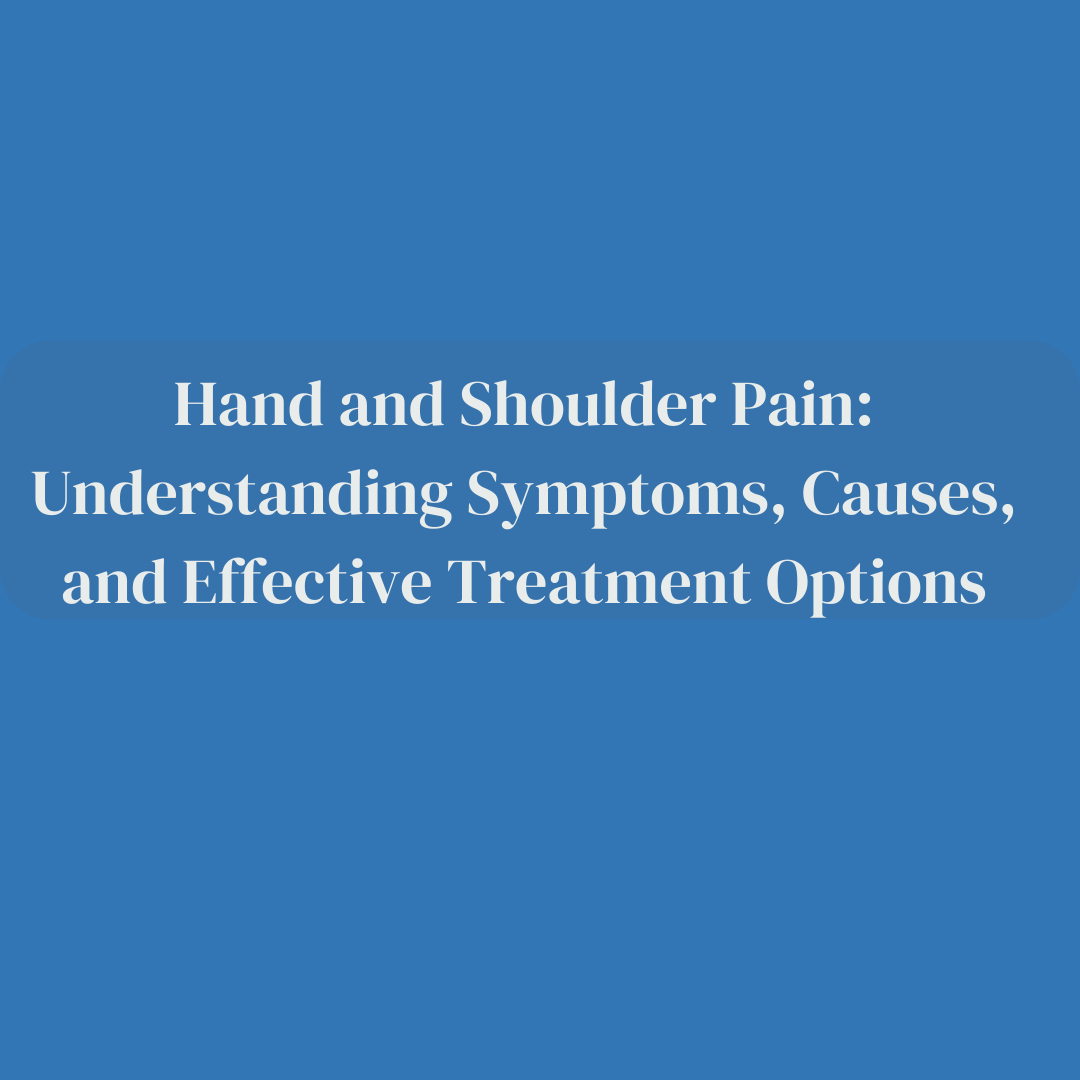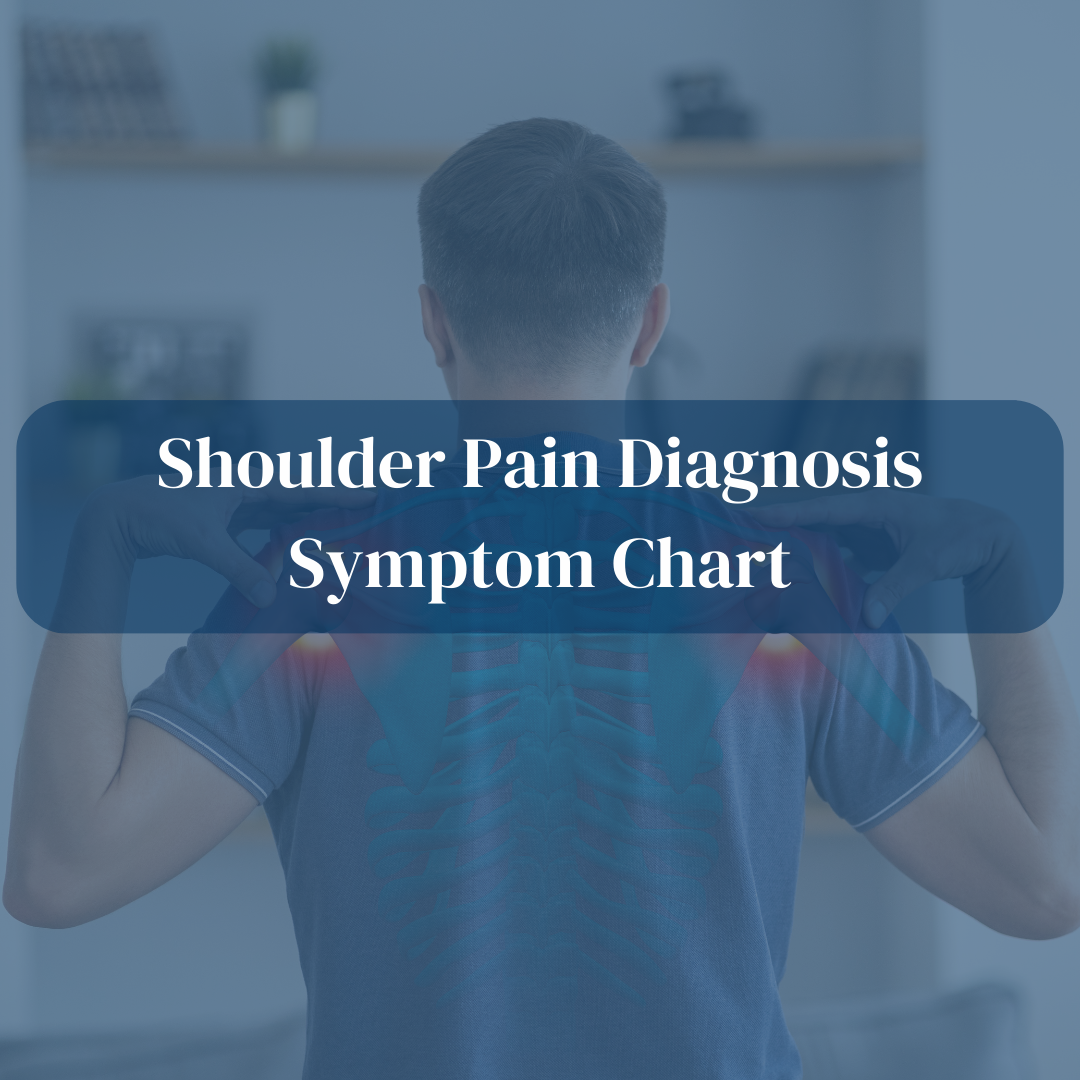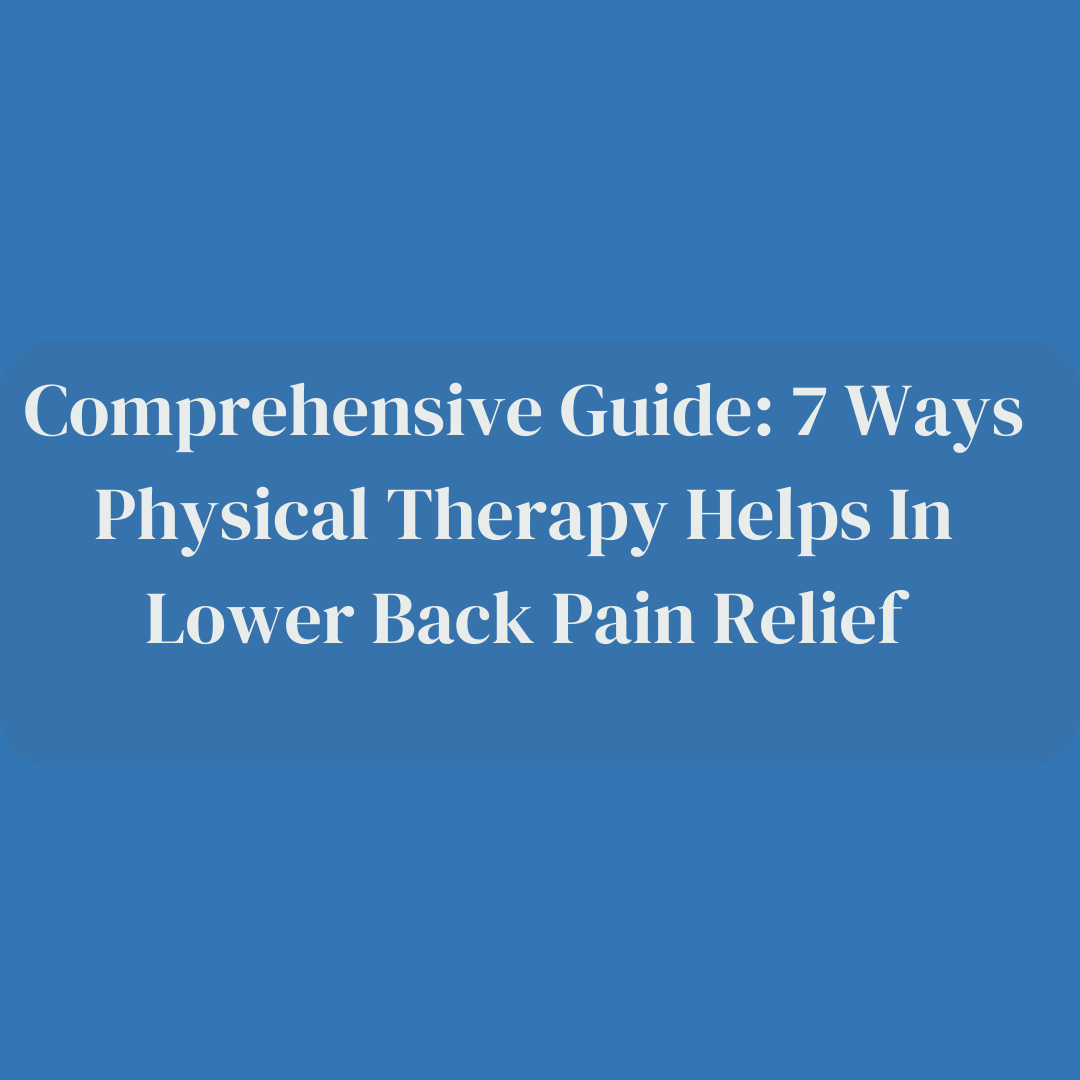Introduction
In today’s fast-paced world, it’s not uncommon to experience occasional discomfort in our hands and shoulders. Whether it’s from prolonged computer use, strenuous physical activity, or other underlying issues, understanding the symptoms, causes, and effective treatment options for hand and shoulder pain is crucial for maintaining a high quality of life.
Recognizing the Symptoms
1. Persistent Aching
Persistent aching is often the initial indicator of hand and shoulder issues. This type of pain is characterized by a continuous, dull discomfort that can vary in intensity. It may start as a mild inconvenience but can progress to become more pronounced over time. Individuals experiencing this symptom may notice that it tends to worsen with movement or certain activities.
2. Stiffness and Limited Range of Motion
Hand and shoulder pain can lead to stiffness in the affected areas. This stiffness is often accompanied by a noticeable reduction in the range of motion. Tasks that once felt effortless, such as reaching for objects on high shelves or typing on a keyboard, can become challenging and may require extra effort. The stiffness may be more prominent in the morning or after periods of inactivity.
3. Numbness and Tingling Sensations
Numbness and tingling sensations in the fingers, hands, or even down the arm can be indicative of nerve involvement. This symptom may manifest as a pins-and-needles sensation or a feeling of “falling asleep” in the affected area. It’s important to note if these sensations occur regularly or are accompanied by other symptoms, as they may signal a more serious underlying issue that requires prompt attention.
4. Weakness in the Hands
Hand and shoulder pain can lead to a noticeable weakness in the affected hand. Individuals may find it challenging to grip objects firmly or perform tasks that require hand strength, such as opening jars or turning doorknobs. This weakness can be frustrating and may impact daily activities that were once taken for granted.
5. Radiating Pain
In some cases, hand and shoulder pain may not be limited to the immediate area of discomfort. It can radiate down the arm, causing discomfort and tenderness in a larger area. This
radiating pain may be an indication of nerve involvement or referred pain from the original source of discomfort.
Exploring the Causes
1. Repetitive Strain Injuries (RSIs)
RSIs occur from repetitive motions or overuse of a particular joint or muscle group. This can lead to inflammation and pain in the hands and shoulders. Common activities associated with RSIs include typing, using a mouse, painting, or lifting heavy objects repeatedly.
2. Muscle Strain or Tendonitis
Straining the muscles or tendons in the hand or shoulder, often due to sudden or excessive exertion, can result in localized pain and discomfort. This can happen from activities like heavy lifting, sudden forceful movements, or even from poor ergonomics during work.
3. Arthritis
Arthritis, both osteoarthritis and rheumatoid arthritis, can affect the joints in the hands and shoulders, leading to chronic pain and stiffness. Osteoarthritis is typically associated with wear and tear over time, while rheumatoid arthritis is an autoimmune condition that leads to inflammation in the joints.
4. Nerve Compression
Conditions such as carpal tunnel syndrome or thoracic outlet syndrome can lead to nerve compression, resulting in pain, numbness, and tingling sensations. This occurs when pressure is applied to a nerve, disrupting its normal function.
5. Swelling and Inflammation
Swelling and inflammation may accompany hand and shoulder pain, particularly in cases involving injuries or underlying conditions like arthritis. This symptom is often visible and may be accompanied by redness and warmth in the affected area.
6. Pain Aggravated by Specific Movements
Individuals experiencing hand and shoulder pain may notice that certain movements or activities exacerbate their discomfort. For example, lifting heavy objects, reaching overhead, or performing repetitive motions may lead to increased pain levels.
7. Pain at Rest
In more advanced cases, hand and shoulder pain may persist even at rest. This can significantly impact sleep and daily activities, making it essential to seek prompt medical attention.
8. Skin Changes
In certain conditions, such as rheumatoid arthritis, individuals may notice changes in the skin over the affected joints. This can include redness, swelling, or even the development of nodules.
9. Fatigue and Generalized Discomfort
Chronic hand and shoulder pain can lead to overall feelings of fatigue and discomfort. Individuals may find it challenging to engage in activities they once enjoyed, and this can have a significant impact on their quality of life.
10. Pain Aggravated by Weather Changes
Some individuals with hand and shoulder issues may notice that their pain levels fluctuate with changes in weather. Cold and damp conditions, in particular, can exacerbate discomfort.
Seeking Effective Treatment
1. Physical Therapy
Physical therapy is a cornerstone of effective treatment for hand and shoulder pain. A qualified therapist will develop a personalized exercise and stretching regimen to target specific areas of concern. This not only helps improve strength and flexibility but also aids in reducing pain and increasing range of motion. Additionally, the therapist may incorporate modalities like ultrasound or electrical stimulation for enhanced healing.
2. Hot and Cold Therapy
This simple yet highly effective technique involves alternating between hot and cold compresses. Applying heat helps relax and loosen tissues, while cold therapy reduces inflammation and numbs the area, providing immediate relief. This can be done multiple times a day to alleviate discomfort and promote healing.
3. Medications and Injections
In some cases, over-the-counter pain relievers like ibuprofen or acetaminophen may offer temporary relief. However, for more severe or persistent pain, a healthcare professional may recommend prescription-strength medications. Corticosteroid injections can also be considered for targeted relief from inflammation, providing longer-lasting results.
4. Surgical Intervention
When conservative treatments prove ineffective, surgical intervention may be necessary. Procedures such as arthroscopy, joint replacement, or nerve decompression can be performed to address underlying issues. A skilled surgeon will discuss the most suitable option based on the specific diagnosis and severity of the condition.
Conclusion: Regaining Comfort and Functionality
Hand and shoulder pain can significantly impact our daily lives, but with proper understanding and targeted treatment, it’s possible to regain comfort and functionality. Recognizing the diverse range of symptoms, from persistent aching to numbness and weakness, provides crucial insights into the underlying causes. By seeking professional medical advice and exploring effective treatment options, individuals can take proactive steps towards a healthier, pain-free life. Remember, early intervention and a comprehensive approach to treatment are key in achieving long-lasting relief from hand and shoulder pain.
Ready to explore your options for chiropractic and physiotherapy? Contact
SwastyaPhysio today to schedule a consultation and discover the best path to your wellness journey. We’re here to support your health every step of the way.
Banaswadi |
HBR layout |
Kalyan Nagar |
Kammanahalli | Horamavu | Hennur







